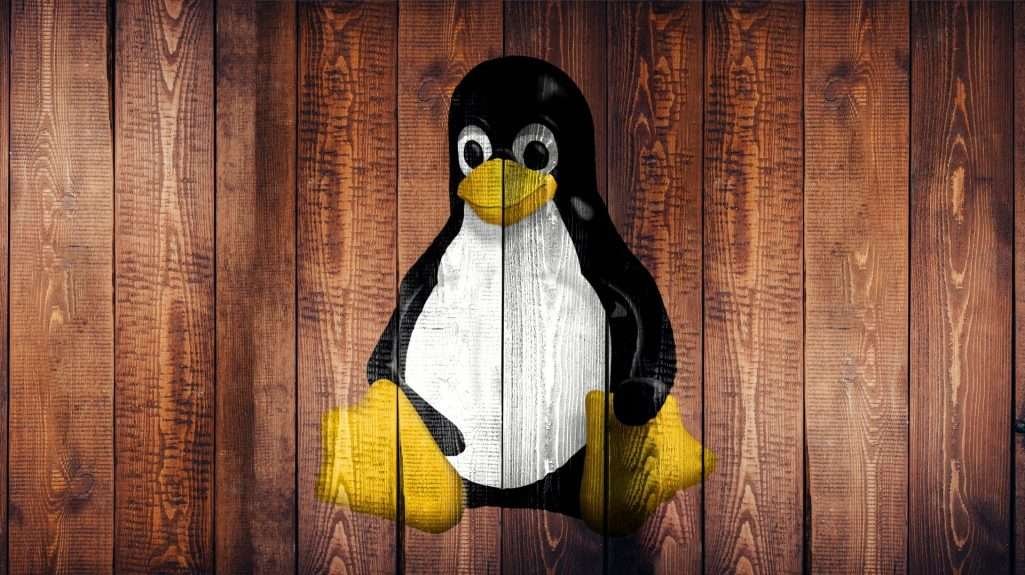Welcome to the Linux guide to web design 2022. I started using Linux in 2007 and have been a long-time fan ever since. It’s been 12 years since my original web design on Linux. During this time Linux has become more established and usable for novice users. If you own a Raspberry Pi you will more than likely use a Linux distribution. Without further ado, let’s check out what Linux has got to offer in the world of web design.

Why Choose Linux for web design in 2022?
Why not? Linux is not as scary as it used to be. It has improved since I first started using it in 2007. Take a trip down memory lane. to see what it was like. When I first started using Linux I had issues with drivers. Whether it was a printer or a wireless driver I found it difficult to run. Fast forward 15 years and driver errors have become a thing of the past. Hardware manufacturers are now creating drivers for their products. If you are not a big fan of the latest Windows OS a change to Linux may also be beneficial. There are many different versions of Linux, each with its own desktop environment. If you want you can make it resemble the native Windows OS. Linux runs faster on older hardware so you can breathe new life into your ageing PC. I am currently using a 2015 Lenovo Yoga running Garuda Linux, which is my distribution of the year.
Graphics and Web Design
GIMP and Inkscape made my top selection back in 2011. They are still around and as popular for creating/editing photos and vector graphics. SVGs are now supported in modern web browsers. For a KDE desktop, you can use Krita, which is an alternative to GIMP. Not only do you have these wonderful tools available. There are also many online tools such as Canva, Vectr and Gravit Designer.
Most distributions now come with a built-in screenshot tool for capturing and editing screenshots. If you want something different you can use Shutter or Flameshot. You can also use browser screenshot tools such as Nimbus. For batch resizing and compressing images, you can use Converseen.
If you want to see a preview of your image or file without having to open it you should use Gloobus-Preview. If you are looking for stock photography for your blog you can find all you need on Pexels, Unsplash and Pixabay. You can also find icons on iconfinder. Look out for the licenses when dealing with images.
Coding
Coding your own website is always encouraged. This helps you learn web design better. If you are more visual, WYSIWYG editors are no longer the most popular to create websites. Replacing them are internet-based solutions such as Wix. For a monthly fee, you can create and host your website.

Web development has changed with the mass adoption of Node JS. This has increased in the use of front-end frameworks such as React, Vue and Svelte. Of course, these still need a code editor and the top of the tree is Visual Studio Code. VSC has many extensions which make it work for any programming language. Other popular coding editors are Code, Atom, Bluefish, Kate, Gedit, and Geany
If you want more from your development environment there are plenty of IDEs to pick from. Eclipse, Komodo Edit and Netbeans are still doing the rounds. You can also make use of Jetbrains software. PyCharm is for Python enthusiasts and IntelliJ for Java programmers. Hardcore enthusiasts can still use Emacs and Vim.
Fonts
If you are designing logos then you may have lots of fonts installed on your system. You will likely benefit from having a font manager installed. Most of the Linux distributions will already have one installed by default. If you want to create fonts you can use Font Forge or Birdfont. If you want to include different fonts in your websites or graphics you can find them on Google Fonts. Font icons are becoming the norm on websites. Hero Icons, Tabler and Feather to name all but a few.
Testing Websites
The majority of browsers now have developer tools built-in. These can be further extended to check your websites for errors. Xampp for Linux is a web server and is excellent for testing your PHP/MYSQL-powered websites. If you are interested in developing for WordPress you can use Bitnami stacks or local. If you are using Node all you need is a terminal and a code editor above. If you don’t like the software available in the package manager. Linux Brew is available to install Node and other compilers required for programming.
Other Useful Tools
The most used piece of software on my desktop is a clipboard manager. If you are forever copying and pasting text then you will definitely need one. Most distributions may come with one built-in. If you don’t have one you may like CopyQ Clipman. Meld is a useful 2/3 way file and directory comparison tool. Filezilla is great for accessing your server to upload or download your files.
Conclusion
Whichever operating system you choose to develop your website there are many tools to use. You can use the software through your OS or web apps through your browser. Do you develop or design using Linux? Is there a good distribution tailored for web design? Have I missed anything that you think warrants a mention? If so feel free to add your suggestion in the comments.

I will consider using linux for my webdesign projects!